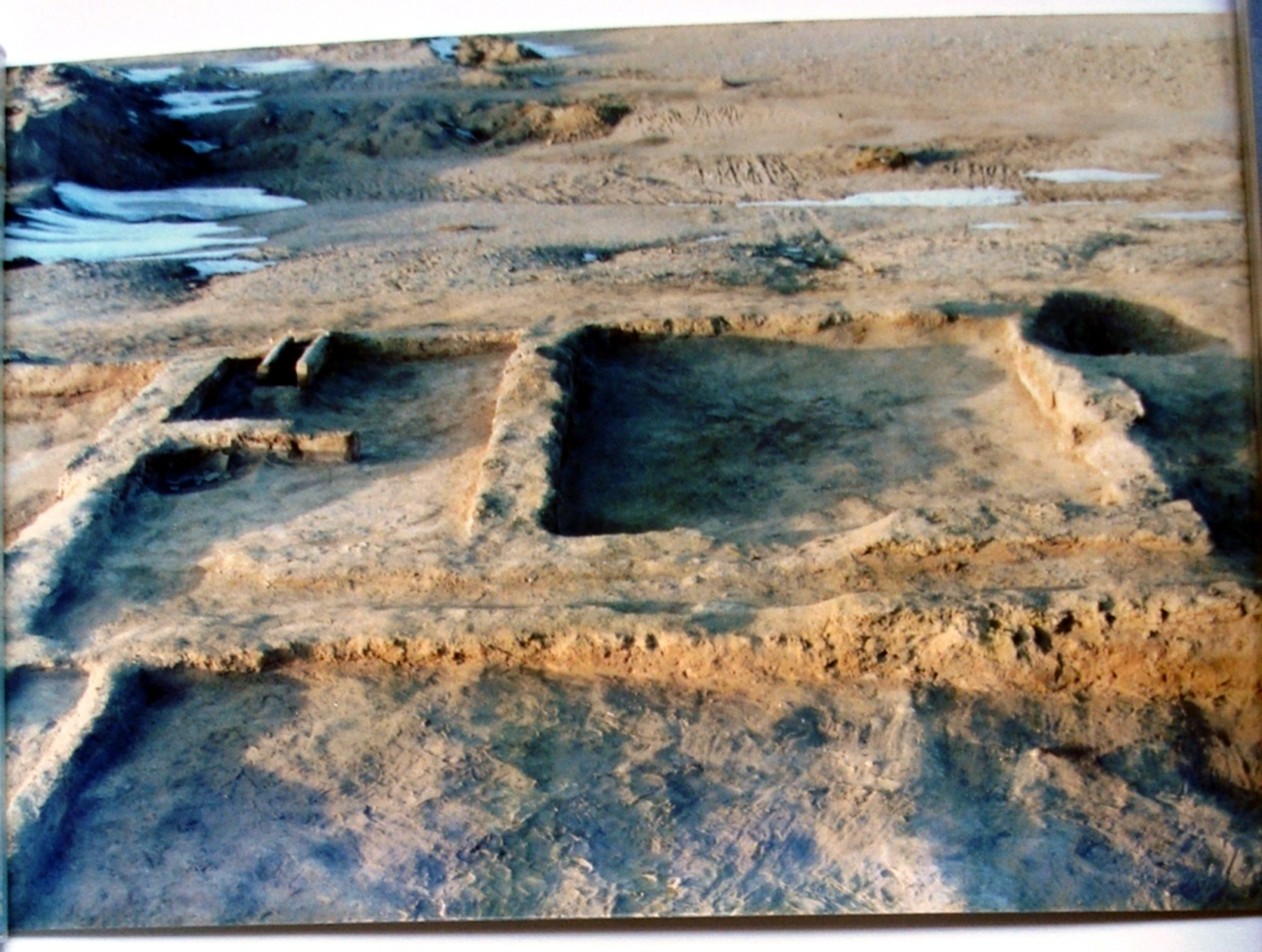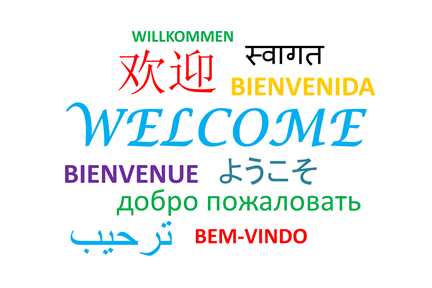Digging in the dirt to uncover clues of the past
Asst Prof Ivy Yeh understands ancient health conditions and the origins of modern civilisation.
Studying ancient societies helps us make sense of our identity and place in the world, both past and present. Where humans originated from, how we moved from one place to the next and how we interacted with one another are hot questions in archaeology and anthropology.
The health conditions of a population provide a window into the workings of a society, such as medical treatments, eating habits and migration routes. However, written records detailing the health conditions of people in earlier times are scarce.
By studying evidence of health conditions and medical treatments in ancient human remains as well as other preserved materials, I aim to uncover clues of daily life in the past. I am especially interested in East Asia, a region that is relatively unexplored. These remains also enable us to investigate migration patterns and interactions between ancient societies.
Decoding diseases of yesterday
Before the development of modern medicine, past civilisations used folk remedies to treat medical conditions. One such remedy was drilling holes into the skulls of individuals to treat conditions ranging from physical injuries to mental health problems. We studied a skeleton of an individual who lived about 5,000 years ago and our research found evidence of this medical procedure in ancient Henan in China.
We can also uncover the dietary behaviours and the unrecorded day-to-day activities of past civilisations by studying parasitic pathogens found on ancient remains. In one example, we found the eggs of parasites such as roundworm, tapeworm, whipworm and Chinese liver fluke on fossilised faeces excreted by travellers who visited the Xuanquanzhi Relay Station, located along the Silk Road, during the Han Dynasty in China. Those early populations most likely caught the infections consuming uncooked meat and food contaminated with these parasites.
The Chinese liver fluke is endemic in Southern China but not in the Northern China region during the time the relay station was used. Based on our findings, we concluded that human activities such as migration, trading and government business trips from Southern China brought the parasite to Northern China.

The ruins of the Xuanquanzhi Relay Station, which hosted travellers along the Silk Road during the Han Dynasty. Credit: Ivy Yeh.
Our research not only interprets the health and diseases of the past, but also provides a more complete picture of history by showing aspects of daily life that may not have been recorded. Together with my PhD student, Zhan Xiaoya, we aim to conduct further research in this region and create a comprehensive database of pathogens that infected these populations to better understand the health conditions of the past.

Examining preserved remains from ancient populations that lived in Taiwan thousands of years ago. Credit: Ivy Yeh.
Tracing early human migration routes
Since prehistoric times, humans have moved from place to place in search of better opportunities. We are able to trace these migration patterns by analysing DNA present in ancient human skeletons and comparing them against DNA from modern people.
We are interested in the migration routes of Austronesia, a region that includes Southeast Asia, Taiwan, New Guinea and Madagascar. Although populations in the region today are separated by vast distances, the languages spoken in these regions form a single close-knit family. This suggests that modern Austronesian populations originated from a common lineage. From genetic analysis of ancient and modern populations in Austronesia, we hypothesise that Austronesian populations can be traced back to early farmers living along the Yangtze River Valley.
Collaborating with researchers from NTU’s College of Engineering and the Earth Observatory of Singapore, we are also tracing the trading routes of early populations in East Asia and Southeast Asia through artefacts such as ceramics and stoneware. Using artificial intelligence and geochemical techniques to analyse the artefacts, we are able to investigate the interactions of these communities that facilitated cultural exchange.
As the saying goes, the past informs the present. I am excited to learn more about the history of humanity and how that continues to shape societies today.
By Ivy Yeh
to learn about daily life in ancient times and where modern populations came from.
(2016), DOI: 10.1016/j.jasrep.2016.05.010.
The article appeared first in NTU's research & innovation magazine Pushing Frontiers (issue #21, December 2022).


.tmb-listing.jpg?Culture=en&sfvrsn=ab6472c8_1)
.tmb-listing.jpg?Culture=en&sfvrsn=332749b0_1)

.tmb-listing.jpg?Culture=en&sfvrsn=c712bd4c_1)

